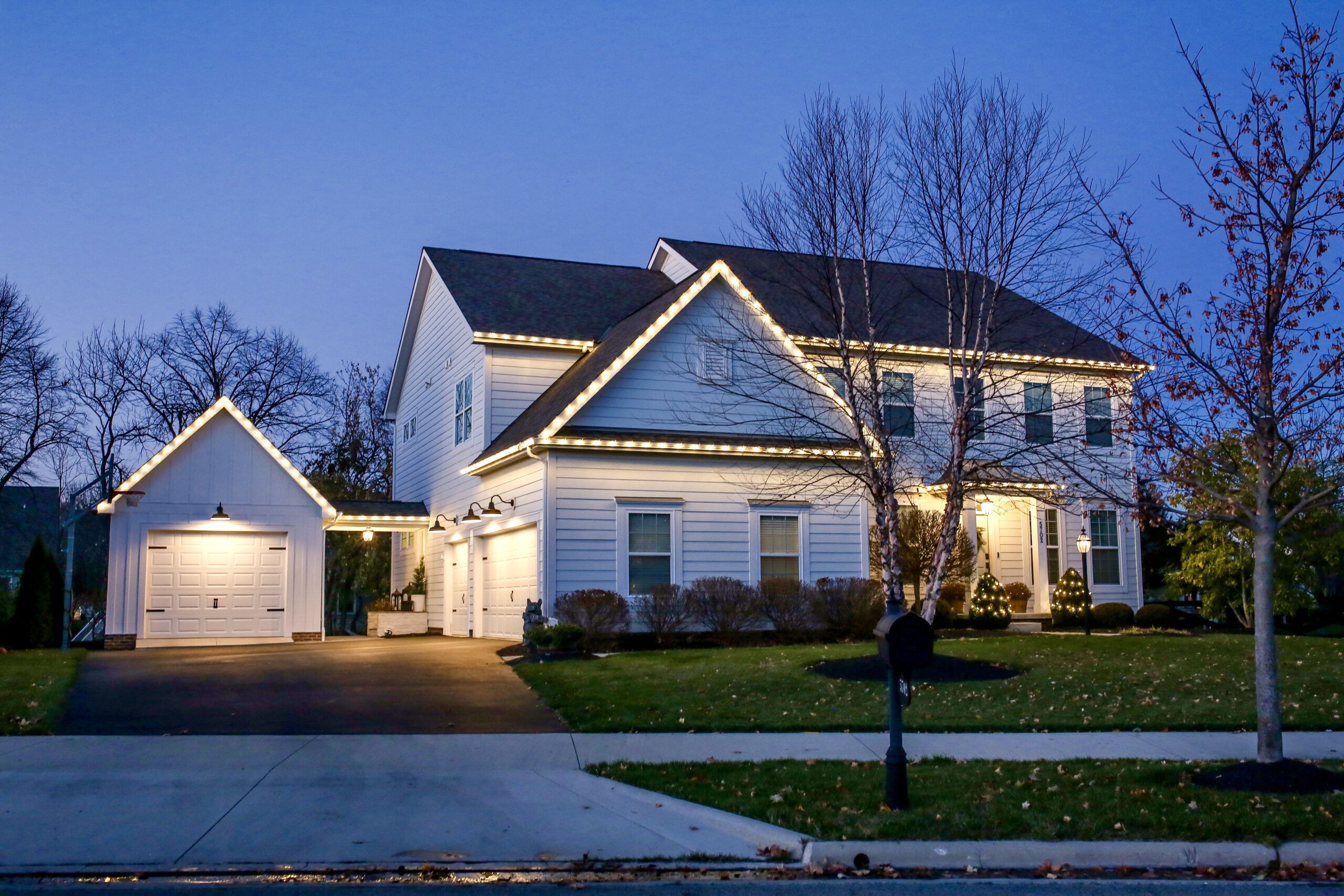Mold and algae are two substances you may see growing on your home’s exterior. Homeowners usually mix them up because of their similar looks, but they are two entirely different things. Perfect Power Wash is your professional maintenance partner capable of noting the difference between algae and mold and effectively addressing both.
We have years of experience washing and cleansing residential exteriors and know the ins and outs of mold and algae removal and prevention. While one is an aquatic organism and the other is a fungus, they both can cause harm to your structure and present potential health hazards. Learning to identify them will help you maintain a safer and cleaner home.
What Is Algae?
Algae are photosynthetic aquatic organisms that feed on the grime on a home’s siding and limestone filler in shingles. The scientific name for algae growth on your roofing is Gloeocapsa magma, which is airborne. As algae feed and grow, they leave behind a black residue containing spores that travel from one home to another.
Algae colonies need moisture, warmth and little sunlight exposure to grow. You can find it on surfaces with no direct sunlight. Algae growth is slimy and can be green or black.
Effects of Algae Growth
Algae have a symbiotic relationship with certain fungi. Algae can lead to the growth of lichens, moss and other contaminants. Leaving algae growth for too long can lead to potential damage to the shingles, requiring early replacement.
What Is Mold?
Mold is a type of fungus that grows on damp surfaces that have little to no sunlight. There are different types of mold that can grow in your home, including Cladosporium, Aspergillus and Stachybotrys. Mold reproduces through microscopic spores of 3 to 4 microns.
Mold can look like fuzzy, discolored or slimy patches on a surface. Your house’s siding offers the perfect conditions to develop a mold colony. However, mold can also grow in a variety of materials, from your bathroom walls to furniture.

Effects of Mold Growth
Mold growth in your home can lead to several structural and health issues. It grows under siding panels and can spread to other areas in your home. Left untreated, it can permeate the underlying plywood, requiring costly repairs to mitigate the damage.
Mold spores also present a severe health risk, especially if you’re dealing with black mold. Some effects include increased allergies and asthma symptoms, respiratory infections, skin irritation, fatigue and headaches.
Algae vs. Mold
Mold and algae are both contaminants with similar appearances that can cause very different effects on your house and your health. The main differences between mold and algae include:
- Mold needs complete darkness to thrive, while algae need indirect light.
- Untreated algae can damage your home’s siding, but untreated mold can also become a health hazard.
Effective Removal Strategies and Power Washing Benefits
Rather than following several mold removal tips, professional power washing is one of the most efficient and safest ways to eliminate mold and algae. Mold and algae removal services will also treat the property for other substances, including lichens and moss growth. Specialized teams use specialized equipment and biodegradable cleansers to thoroughly clean your siding and roof.
Mold and Algae Prevention
Prevention is an added benefit of power washing. Yearly professional power washing is the best way to avoid the growth of algae and mold in your home. Experienced technicians like ours utilize specialized cleansers to protect your home from unwanted growth.
Expert Mold and Algae Removal from Perfect Power Wash
Perfect Power Wash is a top-rated power washing company with 20+ years of experience and over 300,000 jobs completed. With 27 National awards and an A+ rating with the Better Business Bureau, we promise to deliver the safest, most effective methods to clean your home every time. Our team of professionals knows how to remove mold, algae and other contaminants that may be harming your largest investment. Request an estimate by calling 866-294-9098 or contacting us online.





